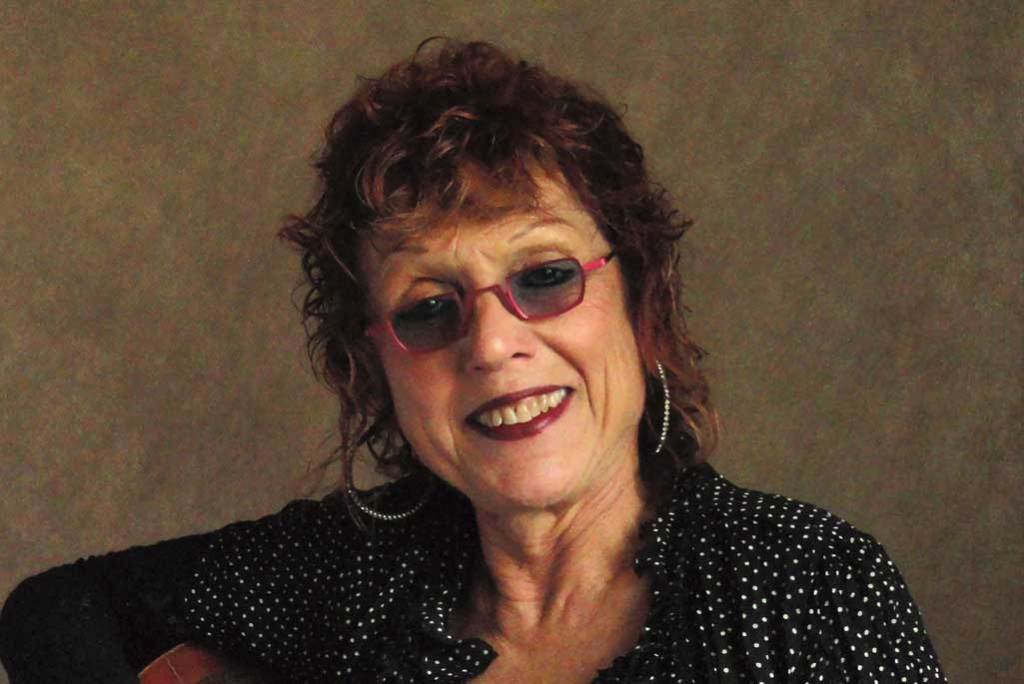Judy Chicago is one of the pioneers of feminist art. Born in Chicago in 1939, her career currently spans five decades. And she’s still going strong.
Do you feel we’ve arrived somewhere satisfactory in terms of gender relations now or is there more to be done?
I’ve tried to challenge the bias in our museums where only a small percentage of women are represented in permanent collections. My long struggle to ensure that The Dinner Party is permanently housed (at the Brooklyn Museum) was motivated by my understanding of the ways in which women’s contributions have been repeatedly erased. At this moment in time I believe The Dinner Party is the only monumental work in the museum that is expressly woman-centered. We need way more of that because we women are entitled to see our experiences reflected in the museums of the world. What I want to see is a transformation of art and art history education so that women take their rightful place in the history of art and stop being an add-on or minor trajectory.
Feminism is undergoing a renaissance at the moment. Our understanding of the word is being re-evaluated, given a broader basis, more sensitive to the difficulties faced by minorities and even men.
No matter how many times feminist theorists repeat the mantra that ‘gender is a shifting construct’ for most women in the world it is not. Gender expectations and attitudes still shape their experiences.
You’ve worked a lot with performance. Originally it was a medium that belonged to women artists when every other art form had already been claimed by men.
Women have been active whenever a new technique or movement has begun. As these forms evolved, men gradually took over. In the late 1960s I began a series of fireworks pieces that I titled Atmospheres. These pieces were ‘performed’ by me and a group of friends. For a while I contemplated giving up painting in favour of performance, but decided not to as I love making objects.
Do you think art is capable of creating social change?
I don’t know if art can create social change but I have received hundreds of letters over the years telling me that my work changed people’s lives. It taught me about the potential power of art. Since it is people who change society, I guess you could say that if you create art that has the power to transform consciousness, people with transformed consciousness can create social change.
I saw Autobiography of a Year at Ben Uri Gallery last year. It was very moving to see my own struggles mirrored. Do you believe art can play a therapeutic role?
I’m opposed to the idea of art as therapy, though clearly art can be therapeutic. When I did Autobiography of a Year (140 drawings chronicling the ups and downs of a year in my life), my intention was to disrupt the mythology that was developing around me as someone ‘superhuman’. What really surprised me was that when this series was exhibited many viewers spent long periods of time looking at every single drawing. It was nice to know that people related so much to my struggles and saw their own experiences reflected there.
You were showing three of your Car Hood sculptures with Riflemaker Gallery at Frieze Masters this year. What was your experience of Frieze Masters and what do you think of the art fair system?
Birth Hood (1965; finished 2011), Judy Chicago © Judy Chicago. Photo © Donald Woodman. Riflemaker gallery

The overlap between art and commerce makes me intensely uncomfortable. That said, my inclusion in Frieze Masters was thrilling. I was in the Spotlight section of the fair which involved 23 solo shows, 11 of which were devoted to women. For the first time in my life, my gender was not remarkable and I could be an artist among artists.
There’s a campaign at the moment to have so called ‘Lads Mags’ banned on the basis that they promote sexist attitudes. Would you like to see them banned?
When I was younger I might have supported the idea of a ban but no more. Between 1999 and 2005, I took a series of semester-long teaching jobs. At one school, I did a graduate seminar in which one male student created a sculpture of a woman whose mouth he had bashed in and covered with a metal plate. Better than censorship of such work would be to create a level playing field where women artists can freely express their feelings and attitudes towards men. Women are viewed as angry if they express such feelings whereas men have been free to make horrendous images of women. That’s what has to change.
Judy Chicago exhibited with Riflemaker at Frieze Masters, from 16–19 October 2013.



